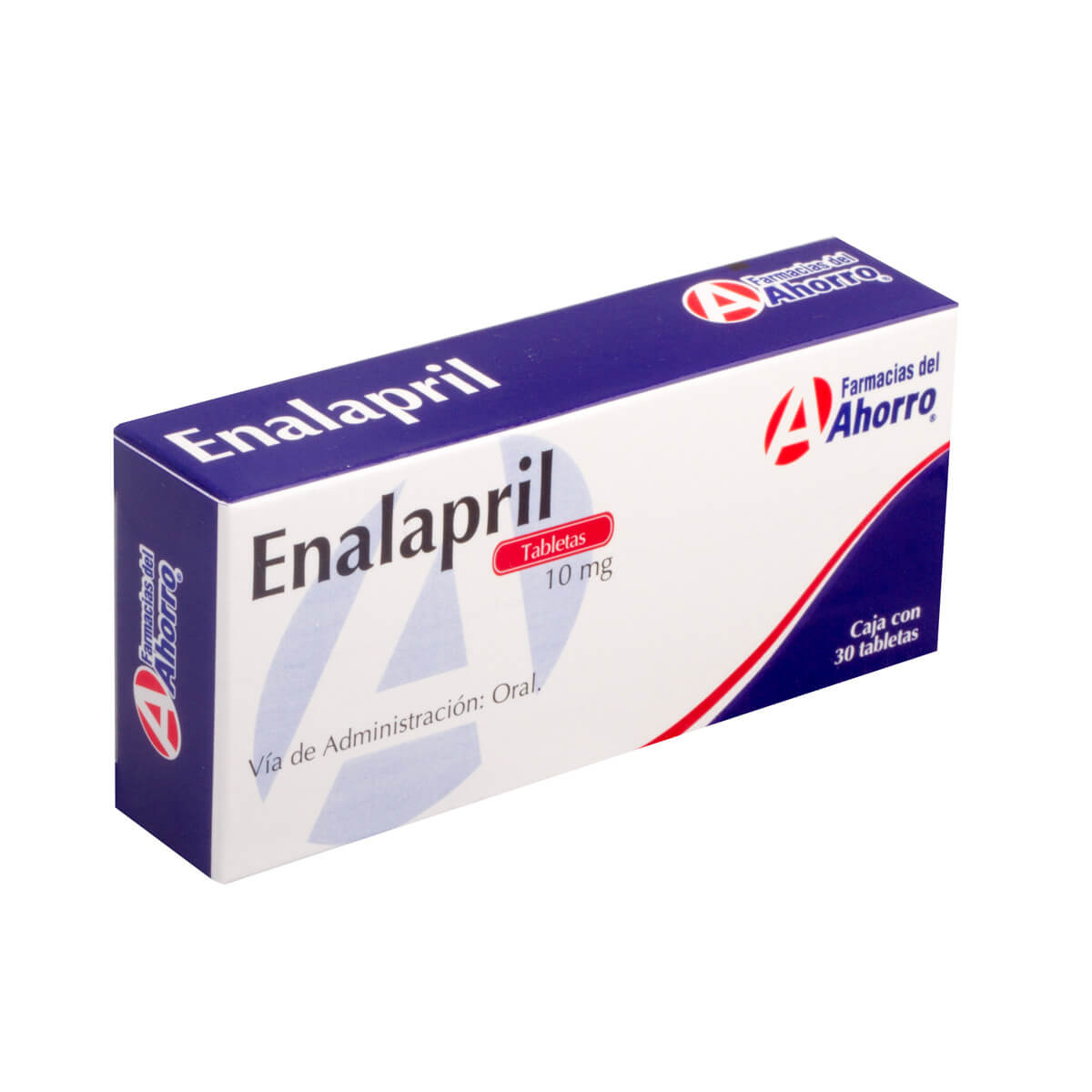Treatment of nodal tachycardia
Author Ольга Кияница
2017-11-10
odular tachycardia has a broader definition - paroxysmal atrioventricular reciprocal tachycardia. B does not indicate that the pathological process concerns an atrioventricular node in which a wave of excitation circulates according to the type of reentry (which is characteristic of reciprocal tachycardia). As the attack develops suddenly, the rapid heartbeat is called paroxysmal.
More prone to the formation of nodal tachycardia women. The disease is more common in 18-32 years old. Because of this one of the reasons for the development of rhythm disturbance is emotional lability and frequent stress.
In the process of diagnosis of pathology a comprehensive analysis is conducted (history of complaints, illness, patient's life, general clinical and hereditary). Various instrumental methods of research in the form of ECG, echocardiography, holter monitoring, electrophysiological diagnostics are also used. After careful examination of the patient, appropriate treatment is prescribed.
Video How to help a person with tachycardia
General recommendations
It is important for patients with nodal tachycardia to adhere to general guidelines that can increase the effectiveness of other treatments.
The influence of the following provocative factors should be reduced:
- stressful situations;
- smoking, strong coffee and alcohol;
- Excessive physical activity.

In some cases, the disease is associated with heredity, then the illness of close relatives is analyzed and the possibility of development of the disease, as well as its most probable course and outcome, is taken into account.
First aid
Not always, the disease has a favorable flow. In some cases, patients experience severe choking, which does not allow them to breathe and drag on for several minutes. Then human health is in danger, so it is extremely important to immediately call an ambulance brigade.
At the stage of paroxysm compression, adenosine (ATP) is often used. This drug has a fast, but short-acting effect, and is therefore often used to eliminate tachycardia attacks. Sometimes it turns out to be ineffective, so they resort to beta-blockers or antagonists of calcium.
Medicinal treatment of nodal tachycardia
It represents a conservative method of treatment, which is based on the use of the most effective antiarrhythmic drugs today. It is conducted with the purpose of preventing the development of repeated attacks of heart palpitations.
Frequently used antiarrhythmic drugs:
- Beta-adrenoblockers are nonselective (sotalol, propranolol, matoprolol), selective (bisoprolol, esmolol, betaxolol).Metoprolol and bisoprolol are often used in combination with other drugs.
- Calcium antagonists - drugs such as nifedipine, diltiazem, verapamil, tsinnarizine are most commonly used).
- ACE inhibitors are enalapril, captopril, perindopril.

Radical treatment of nodal tachycardia
There are specific indications for surgical interventions for the treatment of nodal tachycardia:
- Attacks often occur, while the patient is poorly tolerated.
- Acquired heart palpitations are not removed by antiarrhythmic drugs or, after a short time of their administration, arise again.
- The labor activity of the patient is associated with risks, therefore, it is not possible to develop pre-morbid or faint states.
- If there are contraindications to taking antiarrhythmic drugs, or if pregnancy planning is planned or the patient is young enough to take medication for a long time.
Among all the surgical interventions, the method of choice is radio frequency ablation. The process of conducting it involves the use of a special catheter, which is introduced through a small hole in the femoral vessel. An electric pulse is carried out on the catheter, which is destroyed in the pathological focus area. As a result, the wave of excitation begins to spread normally and the attacks of tachycardia stop.
